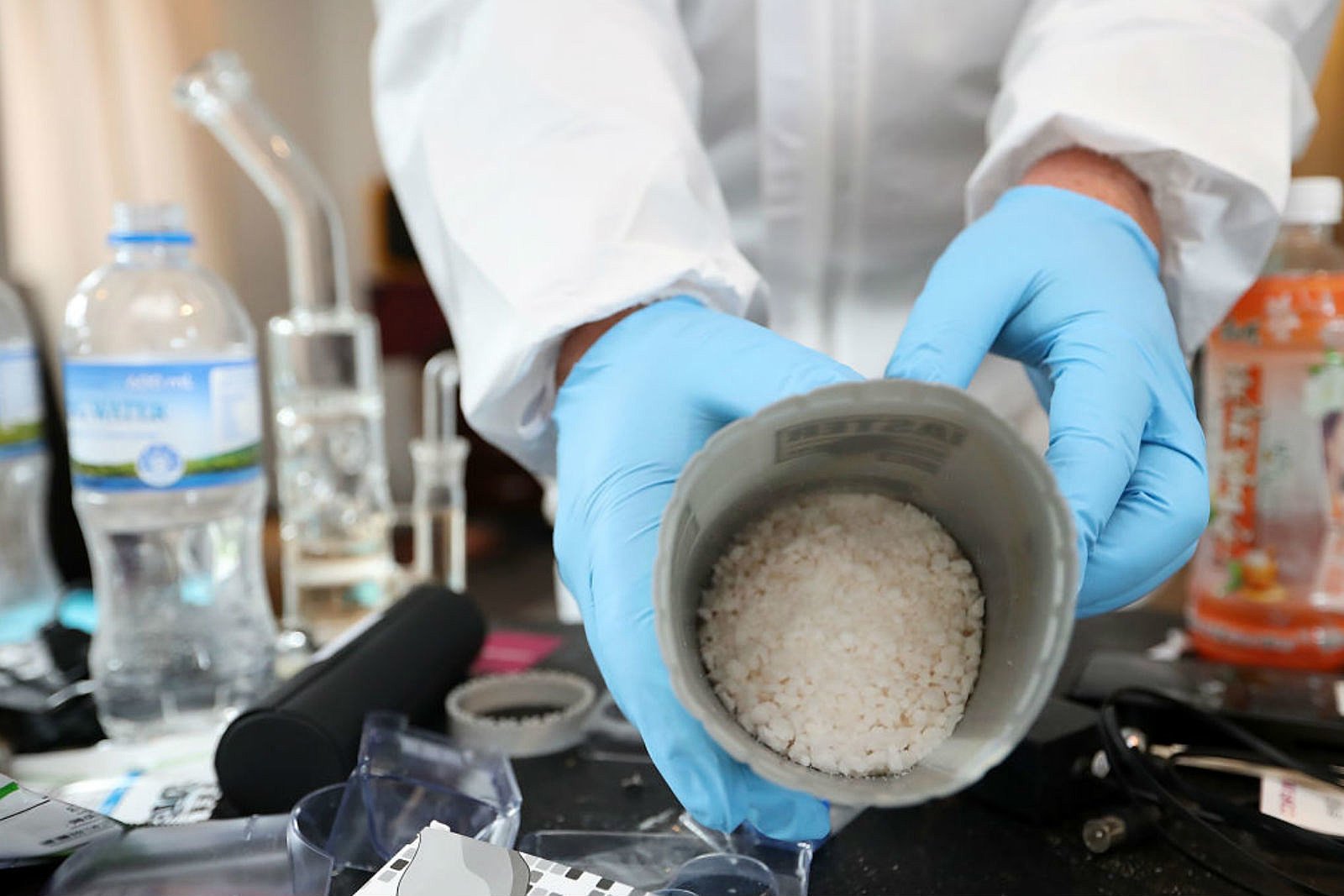Methamphetamine Remediation
Meth Lab Cleanup
Nearly 20 years ago, Joe Mazzuca and his wife Julie founded Meth Lab Cleanup Company with the intent to clean up contaminated properties that were used as labs for manufacturing methamphetamine for the black market. In a conversation last fall with Mazzuca, he estimated that there are 2.5 million clandestine meth lab sites in the U.S.
“I have crews all over the country,” he says. “Over the last 20 years we have cleaned more than 8,000 meth lab sites that are residential, public and commercial. Meth is a hazardous chemical, so we decontaminate a site to get rid of the toxicity.”
Meth Houses: This is what a house looks like when it’s used as a meth lab
In 2007 at the height of the meth addiction crisis, the federal government passed the Methamphetamine Remediation Act that directed the Environmental Protection Agency to establish guidelines for meth lab cleanup to help states address the problem. As of recently, only 25 states have made laws to regulate the cleanups. For those that have drawn up legislation, the remediation of meth residue on a property (including a house, apartment, shed) is stringent, including hiring a cleanup contractor. (Other states, including New York, have not passed drug-lab decontamination laws.)
Meth contamination comes from smoking or cooking the addictive drug. For a smoker, 67 percent of the drug is inhaled while 33 percent lingers in the environment where it easily becomes absorbed by walls, floors, carpets, countertops, drapes and clothing—all considered hazardous waste. Mazzuca cites examples of meth-infected properties that were not decontaminated and were then occupied by unsuspecting home owners who fell ill because of the lingering toxics.
According to the United States Drug Enforcement Administration, meth and increasingly fentanyl are the top two contributors to overdose. While each illicit drug is dangerous, when the two are combined, it can be lethal. Meth is a powerful stimulant while fentanyl is a depressant. Taken together it’s called speedballing with a powerful high and then a dangerous crash. Mazzuca recognizes this as a big shift in the lethal drug market.
“In the last 18 months, we’ve seen a huge trend of overdoses of meth users who were using drugs cut with fentanyl,” he says. “It’s an extremely hazardous chemical. On most of the sites we service, there’s been a rise in deaths just from handling the drugs. It doesn’t take much to OD. We test for both meth and fentanyl to make sure a space can safely be inhabited.”
To expand his operation, Mazzuca offers in-depth online courses that train how to test the site, how to don and doff hazmat suits and how to handle clandestine lab cleanups.

